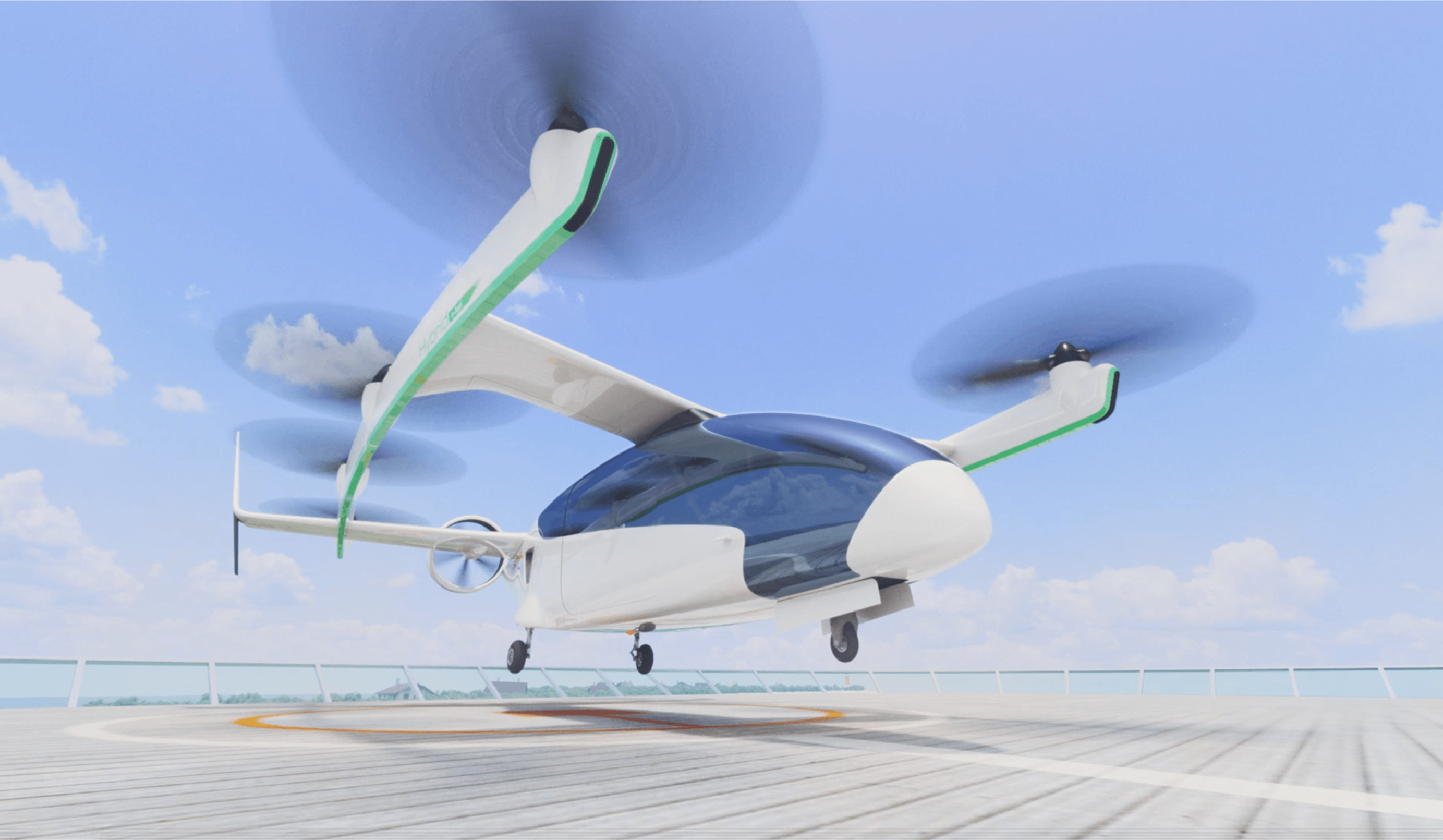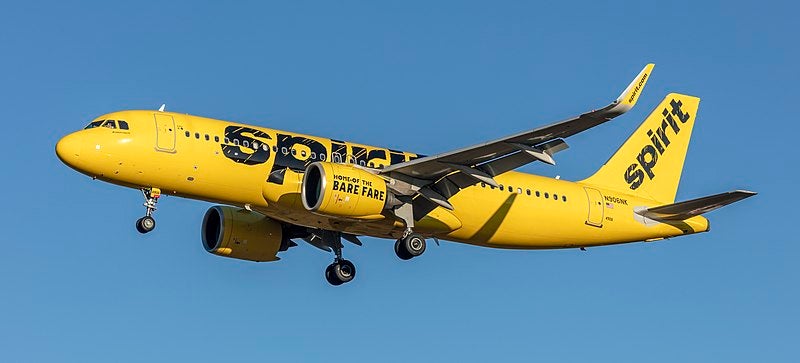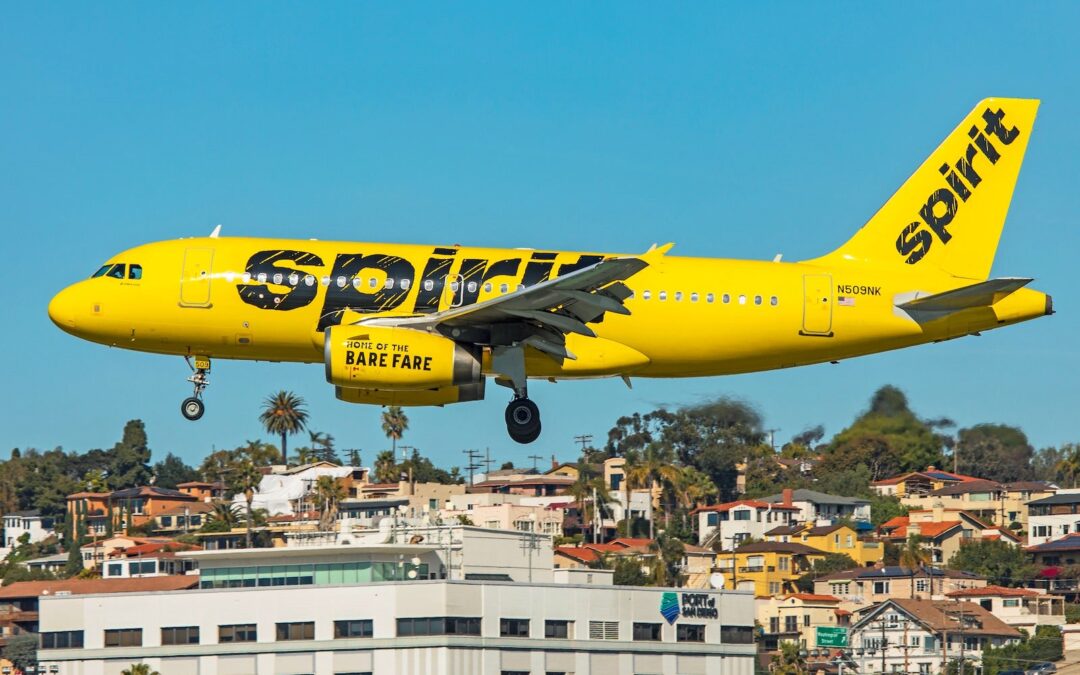Another of the world’s top automakers is stepping into the world of vertical takeoff and landing (VTOL) aircraft.
A spokesperson for Honda Aircraft Co., a subsidiary of the automobile giant, told FLYING the FAA granted an exemption to Honda Research Institute (HRI) to fly a subscale test model of the hybrid-electric VTOL concept it announced in 2021. The FAA could not immediately confirm the exemption to FLYING due to staff being out of the office for Veterans Day.
Honda Aircraft declined to share more about the approval. But the ability to get off the ground marks a key step in the development of the vehicle, which is designed to take off like a helicopter but cruise on fixed wings like an airplane.
The exemption went to HRI, a small network of facilities that serve as the automaker’s research and development arm for new technology. In May, it opened an HRI facility in San Luis Obispo County, California, that it said is intended to conduct VTOL research and development. Built around a preexisting airfield, the site comprises two aircraft hangars, an office, control room, and outdoor test pad.
Honda Aircraft has produced about 250 HA-420 HondaJets, which were first delivered to business aviation customers in 2015. But it decided in 2021 to pursue a VTOL design that could enable short commutes to work or school in addition to corporate travel.
Fellow automaker Hyundai took a similar path with the formation of its VTOL air taxi subsidiary Supernal in 2020. Toyota and Stellantis, meanwhile, have signed manufacturing agreements with and invested in VTOL aircraft developers Joby Aviation and Archer Aviation, respectively.
Honda says it will partner with other companies to build an ecosystem around its VTOL model comprising infrastructure, air traffic control, reservation systems, and other services. Within that framework, the aircraft would link to cars, buses, and trains—including public transportation systems—to create a multimodal option for travelers. The company also envisions it flying cargo for logistics or emergency transport.
Rather than adopt the tiltrotor design common to VTOL competitors—in which the rotors toggle between providing lift and thrust as needed—Honda separated those functions with eight vertical lift propellers plus two forward propulsion propellers, located at the rear. By using multiple small propellers, the company says the design keeps noise far lower than helicopters.
The hybrid-electric concept will include a gas turbine hybrid power unit intended to extend its range compared to all-electric models. According to Honda, it will be able to cover 250 sm (217 nm) when fully fueled, allowing it to fly city to city. Formula 1 technology has been incorporated throughout the design, including the engine system and airframe.
According to the Honda Aircraft spokesperson, the VTOL project is still in the research phase and is not managed under the same umbrella as HondaJet.
Like this story? We think you’ll also like the Future of FLYING newsletter sent every Thursday afternoon. Sign up now.
The post Honda Receives FAA Green Light to Begin Flying Hybrid-Electric Aircraft appeared first on FLYING Magazine.





